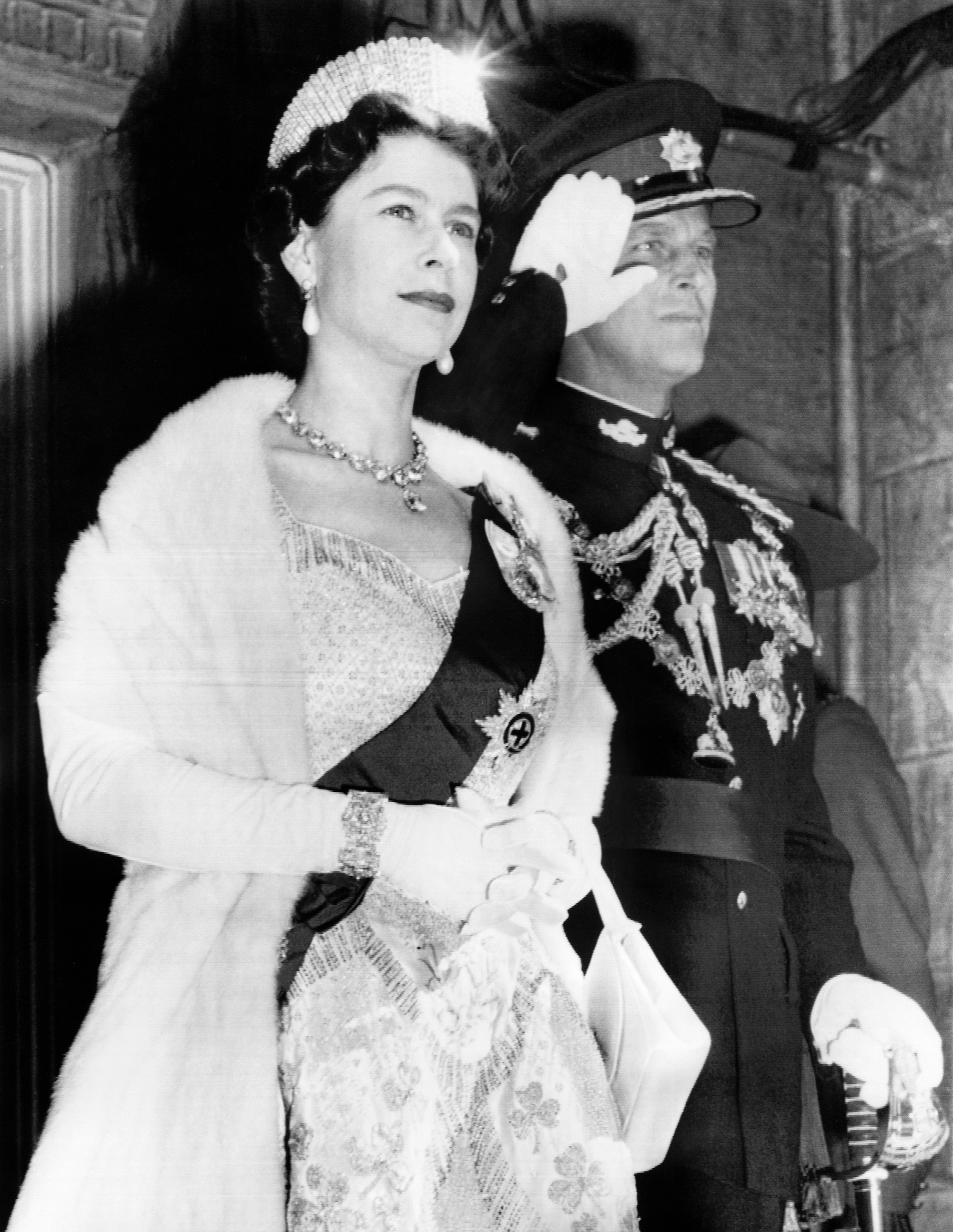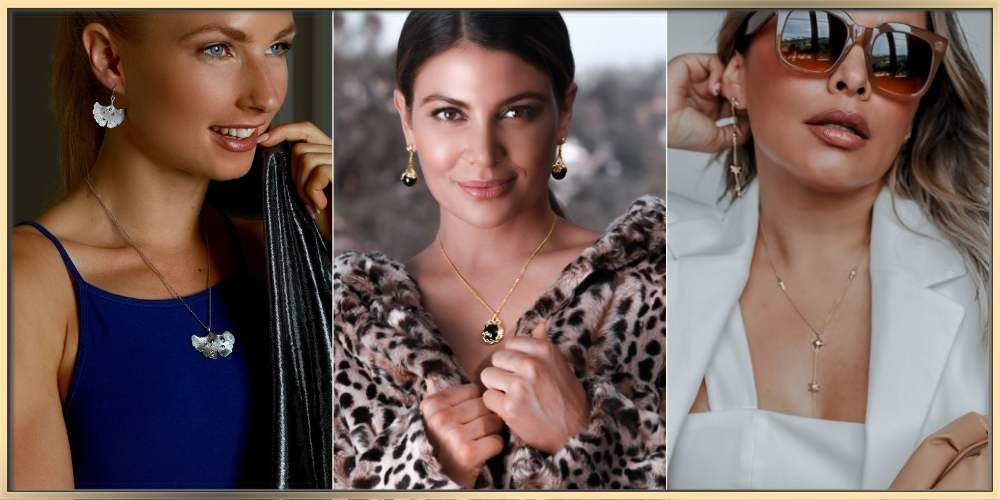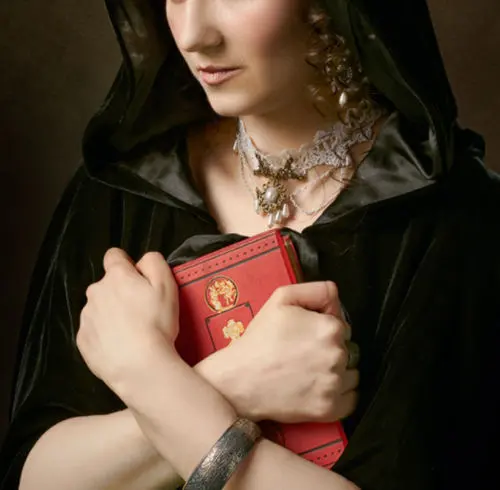Jewels have long held a position of great importance in human society, spanning vast periods of time. The reasons for wearing such adornments are numerous and vary from displaying one's social status to expressing one's personal identity or enhancing one's physical appearance. But have you ever considered the psychological underpinnings that lead us to embellish ourselves with jewelry? What motivates us to do so? This composition seeks to explore the fascinating psychology behind jewelry and the underlying rationales that compel us to do it.
Throughout the ages, jewelry has been a means of self-decoration and expression, encompassing a wide range of ornamental objects crafted from a variety of materials, including precious metals, gemstones, beads, and other natural or synthetic resources. It takes on various forms, such as necklaces, bracelets, earrings, rings, brooches, and cufflinks. Indeed, jewelry has been an essential part of human culture for centuries, serving as a vehicle for self-expression, a symbol of status, or a source of emotional satisfaction.
The historical significance of jewelry
·Jewelry has exerted a considerable influence on human civilization since time immemorial. Archeological findings indicate that jewelry was worn as far back as the Paleolithic period, which dates back over 40,000 years.
·Jewelry has been closely linked to religion and spirituality in many ancient societies. For instance, the ancient Egyptians regarded jewelry as imbued with magical and protective properties and thus integrated it into their religious practices. Similarly, the Greeks incorporated jewelry into their religious ceremonies and drew inspiration from mythological beings when designing their pieces.
·Moreover, jewelry has been utilized as a symbol of wealth and social status in numerous cultures throughout history. For instance, in ancient Rome, only the affluent class could afford to adorn themselves with gold and gemstone jewelry. Similarly, during the Renaissance, jewelry became increasingly complex and intricate, with wealthy patrons commissioning highly detailed and ornate pieces from skilled craftsmen.
·Furthermore, jewelry has also played a role in courtship and marriage customs throughout history. In several cultures, engagement and wedding rings were exchanged as tangible symbols of love and commitment.
·Apart from its cultural and symbolic importance, jewelry has also served a practical purpose throughout history. For instance, brooches were employed to fasten clothing, and earrings were worn to keep the hair out of the face.
·Even today, jewelry retains its position as a significant element of human culture. Many individuals wear it as a form of personal expression, fashion statement, or to commemorate emotional moments. While the styles and materials used in jewelry may have changed over time, its value and significance remain unwavering.

Psychology of Jewellery
·Exploring the psychology of jewelry can be a valuable approach to gaining insights into human behavior and culture. Jewelry serves as more than just a decorative accessory, as it can hold significant meaning and symbolism for both individuals and societies. By analyzing the psychological factors that influence why people wear jewelry, researchers can gain a better understanding of human motivation and self-expression. Jewelry can also be used as a means of communication, conveying messages about emotions or social relationships.
·Indeed, delving into the psychology of jewelry can offer a deeper understanding of cultural beliefs and practices. The symbolism and traditions associated with jewelry can vary greatly across cultures and can reveal much about the values and beliefs of a particular society. For instance, in some cultures, specific jewelry is worn during religious ceremonies to demonstrate piety or devotion, while in others, certain jewelry designs may hold particular significance in coming-of-age rituals. By examining the role of jewelry in different cultures, researchers can gain a better understanding of how jewelry is used to convey meaning and facilitate social interactions.
·By understanding the motivations behind why people wear jewelry, marketers, and designers can create products that appeal to consumers on a deeper level. For example, if a designer understands that their target audience values sustainability, they may choose to use recycled materials in their jewelry and market it as an eco-friendly option. Similarly, if a marketer knows that their target audience values self-expression, they may create an advertising campaign that emphasizes the unique and personal nature of wearing jewelry.
·Studying the psychology of jewelry can also provide insights into the therapeutic benefits of wearing and creating jewelry. For example, wearing certain pieces can have a calming or grounding effect on individuals, and the act of creating jewelry can be a meditative and therapeutic practice. This knowledge can be used by therapists to develop interventions that incorporate jewelry-making and wearing as a form of self-care and emotional expression for their clients.
·To summarize, researching the psychology of jewelry can offer a profound understanding of human conduct, culture, and communication. It has practical implications in various fields like marketing, design, and therapy and can help gain insight into the intricate ways in which jewelry carries importance and meaning for individuals and communities.

Jewelry as a form of self-expression
·Jewelry has always been used as a way for individuals to express themselves and communicate their unique personalities, values, and preferences. Whether it's a simple necklace, a complex ring, or an extravagant bracelet, these decorations hold a significant power to express the core of who we are and the beliefs we hold.
·Jewelry design provides a way for individuals to express themselves, as it can convey information about the wearer's personal style and preferences. For instance, the color, style, and materials used in a piece of jewelry can all communicate something about the wearer. A person who wears bold and colorful jewelry may be expressing a sense of confidence and individuality, while someone who prefers understated and classic designs may be expressing a more reserved or timeless sense of style.
·Jewelry can be a powerful way to communicate personal values and beliefs. It can also serve as a reminder of significant life events or relationships, such as a piece of jewelry gifted by a loved one or worn to commemorate a special occasion. Overall, jewelry provides a unique and meaningful way for individuals to express themselves and communicate with the world around them.
·Exactly, jewelry can hold deep emotional significance for individuals and serve as a means of self-expression, communication, and personal empowerment. It can convey messages about identity, social status, values, and emotions and provide a tangible symbol of relationships and experiences. The versatility and cultural significance of jewelry make it a fascinating area of study for those interested in the intersection of art, psychology, and culture.
·The act of selecting and wearing jewelry can be a deliberate and intentional act of self-expression. It can be an opportunity for individuals to showcase their unique personalities, values, and style. By carefully selecting a particular piece of jewelry, individuals can communicate their personal identity and celebrate their individuality. This act of self-expression can be empowering and provide a sense of confidence and self-assurance.
·In summary, jewelry serves as a powerful tool for self-expression, allowing individuals to convey their personal style, values, and emotions. Whether through the design, material, or the process of selecting and wearing a piece, jewelry can serve as a means of exploring and celebrating one's uniqueness and individuality.

The significance of jewelry in sentimental value
Jewelry can hold a great deal of sentimental value, making it much more than just a decorative accessory. Here are some reasons why jewelry can be so meaningful and important to us:
·Representing milestones: Jewelry is often given to mark important milestones in our lives, such as graduations, engagements, weddings, and anniversaries. These pieces can become treasured symbols of these special moments and the memories associated with them.
·Connecting with loved ones: Jewelry can also be given as a gift from a loved one, whether it's a piece that's been passed down through generations or a new piece that's chosen with care. These pieces can serve as a connection to the giver, reminding us of their love and presence in our lives. For example, an engagement ring can represent the beginning of a lifelong commitment and a promise to love and cherish another person. A necklace given by a parent or grandparent can serve as a reminder of their love and support throughout our lives. A bracelet purchased on a special vacation can hold memories of the sights, sounds, and experiences of that trip.
·Honoring the past: Vintage or antique jewelry can hold a special significance, as it may have belonged to a loved one who has since passed away. Wearing or displaying these pieces can be a way to honor their memory and keep them close to our hearts. for example, can feel like carrying a piece of them with us wherever we go.
·Expressing identity: As mentioned earlier, jewelry can be a form of self-expression and a way to showcase our unique personalities and style. Certain pieces may become signature pieces that we are known for, and that holds a special place in our identity.
·Providing comfort: In times of stress or uncertainty, wearing a piece of jewelry that holds sentimental value can provide comfort and a sense of grounding. It can serve as a reminder of happier times and the love and support that we have in our lives.
·Jewelry can hold significant sentimental value for various reasons, including representing milestones, connecting with loved ones, honoring the past, expressing identity, and providing comfort. These emotional connections can make the jewelry much more than just a material possession and can contribute to its overall significance and meaning in our lives.

Status and Wealth
Throughout history, jewelry has often been used as a status symbol. From ancient civilizations to modern society, the possession of certain types of jewelry has been associated with wealth, power, and social status. Here are a few examples of how jewelry has been used as a status symbol throughout history:

·Ancient Egypt: During ancient times in Egypt, jewelry played an important role in showcasing one's social status. Royalty and nobility wore lavish jewelry as a symbol of their power and wealth, while common people adorned themselves with simple jewelry made from materials such as shells and beads. Pharaohs were buried with extravagant jewelry to represent their high status, and jewelry was often used as a form of currency for trade and commerce. The Egyptians also believed that certain materials and gemstones had healing powers and protective properties, so jewelry was often worn for its perceived spiritual benefits as well.
·Renaissance Europe: During the Renaissance era in Europe, jewelry was worn as a status symbol by the wealthy. The jewelry of that time was typically crafted from precious metals and adorned with gemstones, often featuring intricate designs and details.
·Victorian England: In Victorian England, jewelry played a significant role in signifying social class and marital status. Wealthy women displayed their status with elaborate and extravagant jewelry crafted from precious metals and gemstones, while lower-class women wore simpler and more modest pieces made from cheaper materials. Jewelry was also used as a symbol of love and commitment, with engagement rings and wedding bands becoming popular during this time. Mourning jewelry was also prevalent, with black jewelry made from materials such as jet and onyx worn as a sign of mourning for a loved one.
·Modern Society: In modern society, jewelry continues to be used as a status symbol, particularly among the affluent. Luxury brands such as Tiffany & Co. and Cartier are associated with exclusivity and wealth, with their jewelry often being worn by celebrities and wealthy individuals. Diamond engagement rings are also regarded as a status symbol, with the size and quality of the diamond often being seen as a reflection of the wearer's wealth and status.
·Throughout history, jewelry has been used as a symbol of wealth, power, and social status, with certain types of jewelry associated with luxury and exclusivity. The specific types of jewelry used as status symbols have changed over time, but the underlying concept remains the same. Even today, high-end jewelry brands and diamond engagement rings are seen as symbols of wealth and status.

(Queen Elizabeth II of England)
In conclusion
·In summary, jewelry is beyond just a mere fashion embellishment. It acts as an instrument for conveying one's self-identity, a representation of one's societal standing, and a fountain of emotional felicity. The psychology underlying the rationale of why we wear jewelry is intricate and multidimensional.
·Regardless of whether it's an ostentatious piece, an ornament of cultural significance, or a lavish brand, jewelry holds the potency to convey messages and instill feelings of gratification within us. Thus, when you slip on your cherished necklace or bracelet, ponder upon the psychology it embodies and the advantages it endows.
FAQs
-Can jewelry affect our mood?
-Yes, jewelry can have a significant impact on our mood and overall well-being. It can evoke positive emotions, boost confidence, create positive memories, and express our personal style. Moreover, the color of the jewelry and the type of material used can also affect our mood and emotions. Therefore, choosing the right jewelry to wear can help us feel happier, more confident, and more relaxed.
-What does jewelry symbolize?
-Jewelry can assume various symbolic meanings contingent upon cultural, historical, and personal factors. These connotations may include love, loyalty, affluence, or social standing.
-Is it essential to wear jewelry to show social status?
-No, social status can be demonstrated in various ways, and jewelry is just one of them. While jewelry has historically been used as a symbol of wealth and social status, there are many other ways that people can express their status or position in society. For example, one might showcase their status through their clothing, their car, or their home. Additionally, social status can also be conveyed through one's education, job title, or social connections. While jewelry can certainly be a status symbol, its significance in this regard has varied throughout history and across different cultures. In some societies, certain types of jewelry, such as gold or diamonds, are highly valued and seen as a symbol of wealth and power. In other cultures, different types of adornment or clothing might be more highly valued.
-Can losing or damaging jewelry have psychological effects?
-Certainly, losing or damaging jewelry can have significant psychological effects on a person, especially if the jewelry holds sentimental or emotional value. It can cause feelings of grief, anxiety, and even a sense of identity loss.
-How can we choose jewelry that reflects our personality?
-To select jewelry that aligns with our unique character, it's important to take into account our individual values, interests, and fashion taste and choose pieces that embody them.
Leave A Message
The first thing we do is meet with our clients and talk through their goals for a future project.
During this meeting, feel free to communicate your ideas and ask lots of questions.
Copyright ©2025 Wuzhou Tianyu Gems Co., Ltd - All Rights Reserved.